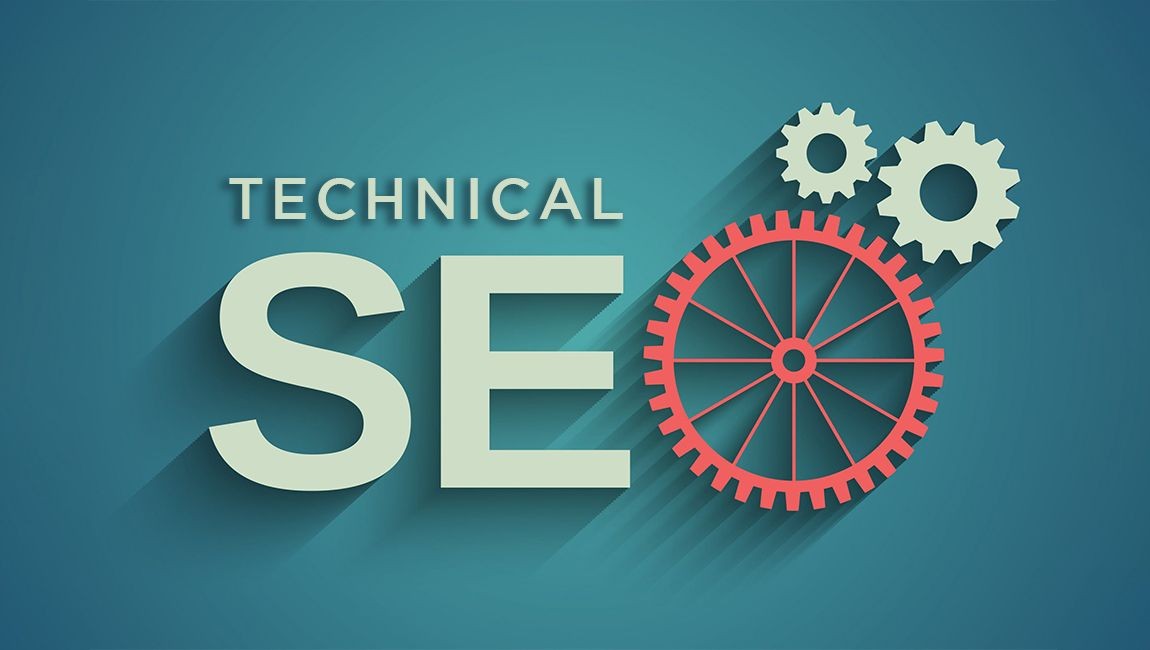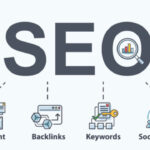Mastering Technical SEO for a Stronger Online Presence
A website’s design and content may attract visitors, but without a solid technical foundation, it can fail to achieve visibility in search results. This is where technical SEO becomes essential. It focuses on the technical setup of a website to ensure search engines can crawl, index, and display it efficiently.
Strong technical SEO is not about adding flashy elements. It is about creating a website that is fast, secure, mobile-friendly, and free from errors that harm performance. It serves as the backbone of a complete digital marketing strategy, ensuring long-term success.

Understanding Technical SEO
Technical SEO refers to optimizing the structure and backend of a website to improve its accessibility and performance in search engines. It ensures that search engine bots can crawl your site easily, index pages correctly, and deliver a smooth user experience.
Key aspects of technical SEO include:
- Website speed and performance.
- Mobile optimization.
- Secure browsing (HTTPS).
- Clean and structured URLs.
- Proper use of XML sitemaps and robots.txt.
- Fixing duplicate content issues.
Importance of Technical SEO
Technical SEO is crucial because it:
- Ensures your website can be indexed properly.
- Improves site usability for visitors.
- Boosts overall rankings when combined with on-page SEO and off-page SEO.
- Prevents technical errors from blocking visibility.
- Supports measurable growth in SEO performance KPIs.
Without technical SEO, your content may remain hidden no matter how valuable it is.
Key Elements of Technical SEO
1. Website Architecture
A clear structure helps both users and search engines navigate your website.
- Use a logical hierarchy with main categories and subcategories.
- Keep navigation simple and intuitive.
- Avoid orphan pages (pages without internal links).
2. Page Speed Optimization
Users leave slow websites quickly. Improving speed is critical for ranking and user satisfaction.
Methods to boost page speed:
- Compress images without losing quality.
- Enable browser caching.
- Minify CSS, JavaScript, and HTML.
- Use a content delivery network (CDN).
3. Mobile-Friendliness
More than half of online traffic comes from mobile devices. Websites must deliver seamless experiences on smaller screens.
- Use responsive design that adapts to all devices.
- Ensure text is readable without zooming.
- Avoid elements that require horizontal scrolling.
4. Secure Website (HTTPS)
Security is a ranking factor and builds trust with visitors.
- Install SSL certificates.
- Redirect all HTTP pages to HTTPS.
- Regularly monitor for vulnerabilities.
5. XML Sitemap and Robots.txt
Sitemaps guide search engines to important pages, while robots.txt controls what they can crawl.
- Keep sitemaps updated and free of errors.
- Submit your sitemap to search engines.
- Use robots.txt carefully to avoid blocking critical pages.
6. Canonical Tags and Duplicate Content Fixes
Duplicate pages confuse search engines and dilute ranking.
- Use canonical tags to indicate preferred versions.
- Avoid publishing identical content across multiple URLs.
- Regularly audit and clean up duplicate issues.
7. Structured Data (Schema Markup)
Structured data helps search engines understand content better and display rich snippets.
Examples of schema types:
- Reviews and ratings.
- FAQs and how-to guides.
- Product details.
- Events and recipes.
8. Internal Linking
Internal linking improves site navigation and ensures link equity flows properly.
- Use descriptive anchor text with relevant keywords.
- Link to related blogs like digital marketing or sales funnel in digital marketing.
- Avoid excessive linking that confuses users.
9. Crawl Errors and Broken Links
Errors reduce trust and hinder indexing.
- Use tools to identify 404 and broken links.
- Redirect old or deleted pages properly.
- Fix server errors immediately.
10. Core Web Vitals
Core Web Vitals measure website experience and performance.
- Largest Contentful Paint (LCP): Loading speed.
- First Input Delay (FID): Interactivity.
- Cumulative Layout Shift (CLS): Visual stability.
Optimizing these metrics ensures a smooth user experience.
Table: Key Technical SEO Factors and Benefits
| Technical SEO Factor | Purpose | Benefit to Website |
| Site Architecture | Organized navigation | Easier crawling and indexing |
| Page Speed | Faster loading times | Lower bounce rates |
| Mobile Optimization | Responsive design | Better user engagement |
| HTTPS Security | Protect user data | Builds trust and rankings |
| XML Sitemap | Guide search engines | Improved indexing |
| Canonical Tags | Handle duplicate content | Clearer ranking signals |
| Structured Data | Rich snippets in results | Higher click-through rates |
| Internal Linking | Connect related pages | Stronger site authority |
| Crawl Error Fixes | Remove broken links | Better user experience |
| Core Web Vitals | Enhance usability | Improved ranking potential |
Best Practices for Technical SEO
- Perform regular technical audits.
- Keep your CMS, themes, and plugins updated.
- Optimize images and media files.
- Ensure proper redirects when updating pages.
- Test your site on multiple devices.
Common Technical SEO Mistakes to Avoid
- Ignoring mobile responsiveness.
- Allowing broken links to accumulate.
- Not using HTTPS for secure browsing.
- Blocking important pages with robots.txt.
- Forgetting to update XML sitemaps.
How Technical SEO Supports Digital Marketing
Technical SEO is not an isolated process. It works together with other strategies:
- Supports content marketing by making content discoverable.
- Strengthens off-page SEO by ensuring backlinks point to error-free pages.
- Improves tracking of ROI in digital marketing by reducing technical issues.
- Enhances visibility for targeted campaigns.
Future of Technical SEO
With rapid changes in search algorithms and user behavior, technical SEO will continue to evolve.
Upcoming trends include:
- More emphasis on Core Web Vitals.
- Greater focus on mobile-first indexing.
- Use of AI for advanced crawling and indexing.
- Higher value placed on structured data and context.
FAQs
1. What is the difference between technical SEO and on-page SEO?
Technical SEO focuses on site structure, speed, indexing, and backend improvements. On-page SEO focuses on content, keywords, and user engagement.
2. How often should I perform a technical SEO audit?
It is recommended to perform a full audit at least once every 3–6 months or whenever major changes are made to the website.
3. Can technical SEO alone improve rankings?
Technical SEO creates a strong foundation, but rankings also depend on content quality, backlinks, and overall strategy. It works best when combined with other SEO practices.











